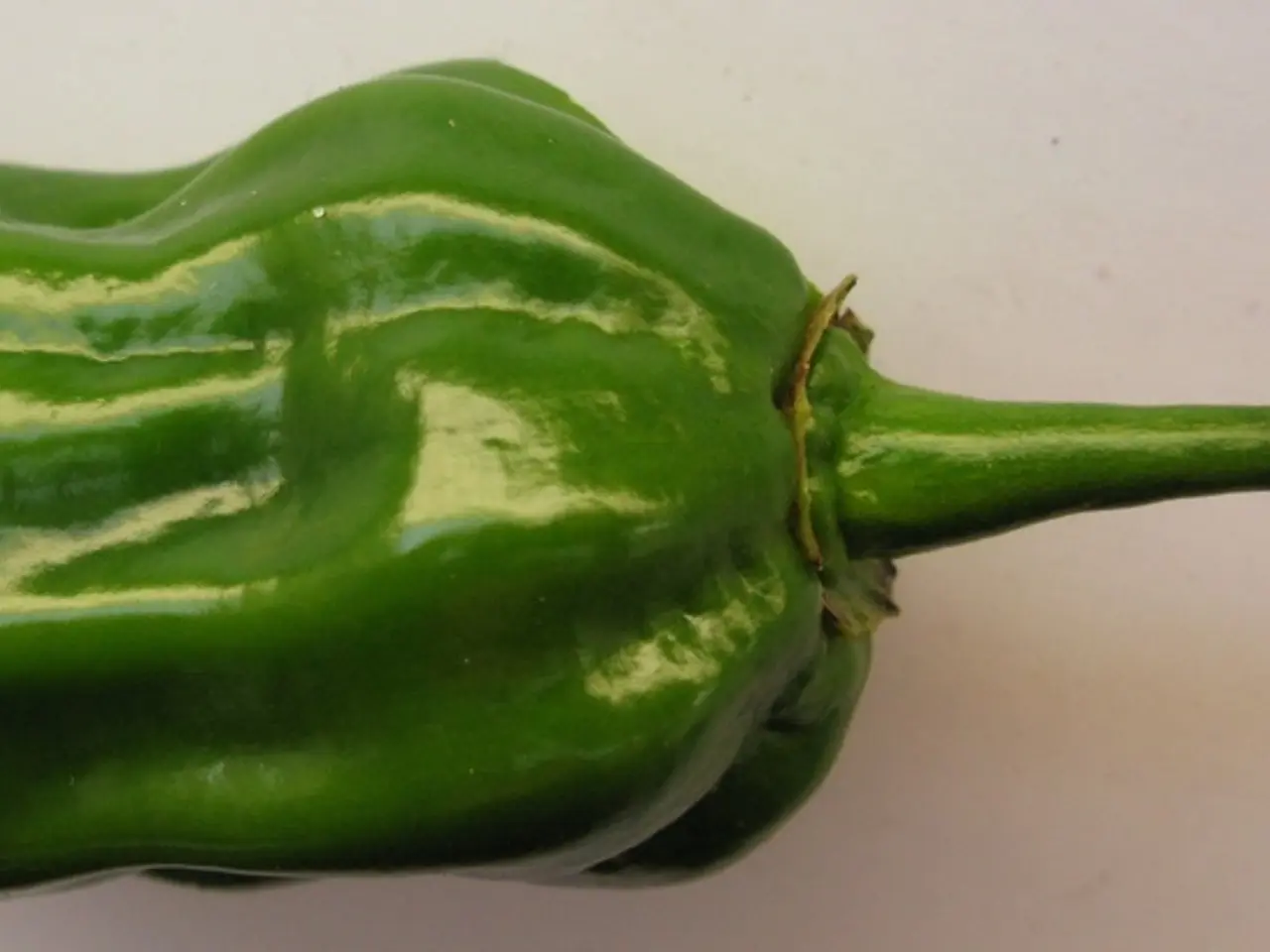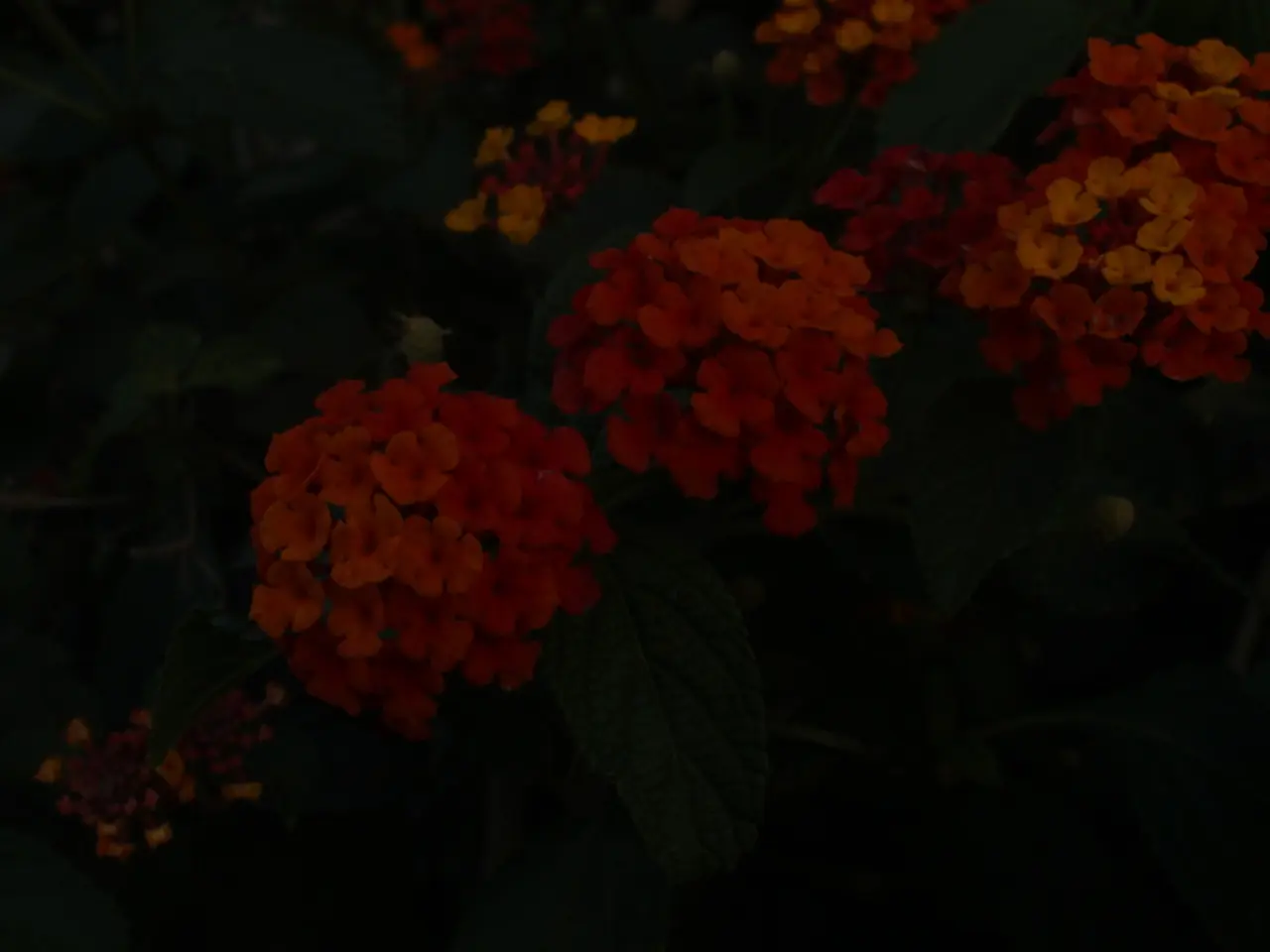Guide for the Ideal Timing to Gather Pepperoncini Peppers: A Harvesting Map for Maximum Flavor
Pepperoncini peppers, a popular ingredient in Mediterranean and Italian cuisines, are known for their mild and tangy flavour. These peppers can be grown, harvested, and preserved with ease, making them a favourite among home gardeners and chefs alike.
**Growing Pepperoncini Peppers**
Pepperoncini peppers thrive in temperatures between 70°F to 85°F (21°C to 29°C), similar to other Capsicum annuum varieties. They should be planted outdoors after the last frost when nighttime temperatures remain warm. These peppers usually require about 60-90 days from seed to harvest, which is typical for many pepper varieties. Provide well-drained soil and full sun exposure to encourage healthy growth. Regular watering and feeding will boost pepper quality.
**Harvesting Pepperoncini Peppers**
Harvest pepperoncini peppers when they reach their typical colour (usually pale green to yellow) and size, which usually occurs within the growing season. The best harvest time can vary slightly but generally happens between May and June depending on the local climate. Use scissors or garden shears to cleanly cut the peppers from the plant to avoid damage.
**Using Pepperoncini Peppers in Dishes**
Pepperoncini peppers are mild and tangy, with a heat level of about 100-500 Scoville Heat Units (SHU), making them much milder than jalapeños or habaneros but still offering a pleasant zing. They are commonly used pickled in sandwiches, salads, and antipasti. Their mild heat and tangy flavor make them versatile in Mediterranean and Italian dishes.
**Preservation Methods for Pepperoncini**
The most popular preservation method for pepperoncini peppers is pickling, which preserves their flavor and tanginess and enhances shelf life. Fresh peppers can be stored in the fridge for short-term use. Although less common, freezing fresh pepperoncini is possible but may affect their texture. Drying is not typical for pepperoncini due to their mild, watery nature but is done with hotter pepper varieties more often.
A comparison table illustrates that pepperoncini peppers are on the milder end of the heat spectrum, suitable for those who prefer flavor without intense heat.
In summary, to maximise your pepperoncini harvest, ensure warm growing conditions, harvest at peak maturity, and preserve primarily through pickling. Their mild and tangy heat adds a unique touch to many dishes without overwhelming spiciness. Glen, a gardening expert with over 15 years of experience, advises consistent watering and proper care for a bountiful pepperoncini crop. With their subtle heat, pepperoncini peppers provide a delightful addition to salads, sandwiches, and various Italian recipes.
Growing pepperoncini peppers is not just a gardening endeavor, but also a part of the home-and-garden lifestyle. Fashion-and-beauty enthusiasts might find the vibrant plants appealing as décor, while food-and-drink aficionados can look forward to the popular ingredient in their recipes. Pepperoncini peppers can be easily grown, harvested, and preserved, making them a favorite among home gardeners and chefs alike, and a key element in Mediterranean and Italian cuisines.




